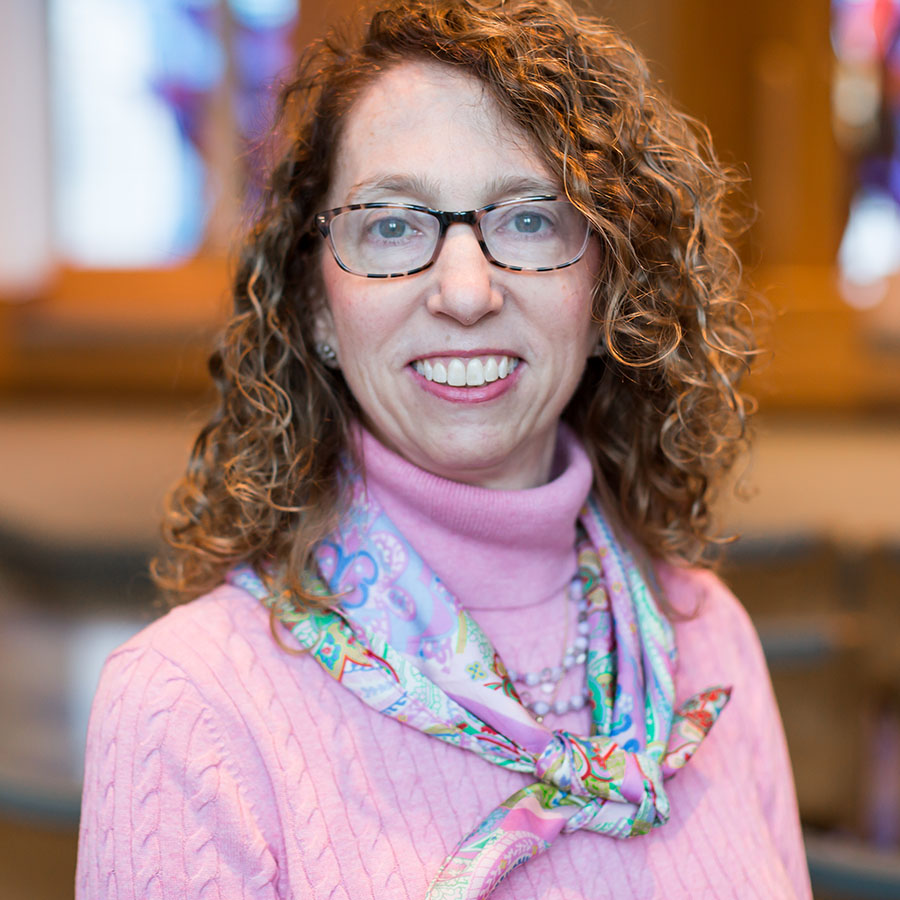Defying All Categories: Witches in the Talmud

Download Sources
Part of the series, The Space in Between: Thresholds and Borders in Jewish Life and Thought
With Dr. Marjorie Lehman, Professor of Talmud and Rabbinics, JTS
Together we explore the story of Rav Nachman’s daughters and examine their transformation from daughters and wives to witches. Taken into captivity and then returned, they emerge as women on the margins of rabbinic culture. For the rabbis this transformation represents a great challenge to the world order and thus is an expression of their deepest anxieties and fears where they must face that certain things are not within their control. In our reading of this story, we see how the women who are moved from inside the family to the margins of rabbinic life and culture reminds us of our own complicated journeys navigating where it is we are, and where it is we want to be.
Lecture Notes
Dr. Marjorie Lehman introduced this as a piece taken from a course she taught called, “Harlots, Witches, and Priests” and the focus was how to read Talmudic literature. The story she introduced presented figures with complicated lives. The broader context for her interest in witches is the current uptick in people identifying themselves as witches or the increase in interest in witchcraft, which could be connected to the desire to find meaning in chaos and/or to control circumstances.
- She introduced the story from the Babylonian Talmud of the daughters of Rav Nachman who are introduced as stirring a pot with their bare hands. A Rav Ilish uses this to cite their exceptionalism, which leads to them being held captive along with Rab Ilish. Rab Ilish then talks to a man who man who talks to birds. The birds (a raven and a dove) tell Rav Ilish to escape, which he does, but not before trying to ascertain whether the daughters of Rav Nachman are still faithful so he goes and spies on them in the bathhouse, thereby discovering that they have husbands in captivity. He leaves them. The daughters return (Lehman specified that the Hebrew was not clear if they came back on their own or if they were ransomed). And the opening sentence is reiterated and changed: “They would stir the pot with witchcraft.”
- In biblical tradition, witchcraft is forbidden, but there are seeming nuanced responses to activities and elements connected with sorcery, spells, and demons throughout the Talmud.
- Deconstructing this complicated story brought several big questions to the fore—were the women marginalized or empowered by the witchcraft label? Lehman reads this as a way for the daughters of Rav Nachman to assert their identity and take control of their narrative.
- She connected the story of the daughters of Nachman with the historic label of witch, in which “attempts to control women have masqueraded as crackdowns on witchcraft.” She builds an explicit connection between the Salem Witch Trials and the daughters of Nachman. The label of “witch” is a way of masking the complicated lives of women—particularly in spaces outside male control (kitchen, bathhouse in the Talmudic period)
- Lehman pushed the group to broaden the understanding of the story—not just of the patriarchy labeling women as witches, but potentially women owning that label and using it assert their own power.
About the Series
We are living in an undefined time: our daily existence is no longer dominated by the pandemic, yet neither have we settled into a new normal. This sense of being in transition—neither here nor there— can feel destabilizing; but is the time in between really temporary, or are we always living in between moments, identities, and phases of life?
In this series, JTS scholars will delve into the idea of liminality—the time or space in between—which we encounter often in Jewish ritual, identity, law, and life. Join us to consider what these many manifestations of “in-between-ness” can teach us about ourselves and about Judaism, and to explore how we might find strength and meaning in an orientation not of “either/or” but of “both/and.”
We will explore themes of borders, thresholds and transitions as they pertain to the story of Creation, gender, conversion, birth and death, the duality of living as a Jew in America, and more.
SPONSOR A SESSION
At JTS, we are committed to providing the Jewish community with outstanding classes in Judaic studies. We hope you will partner with us so that we can continue to do so. Did you know that you can sponsor a learning session to honor a loved one, celebrate an occasion, or commemorate a yahrzeit? You can find sponsorship information here.



